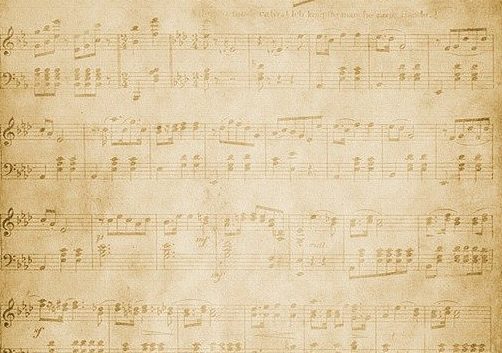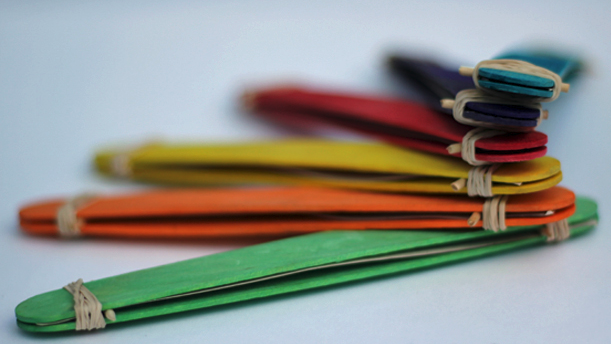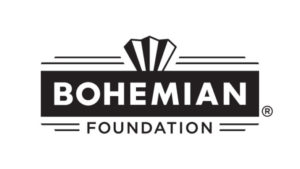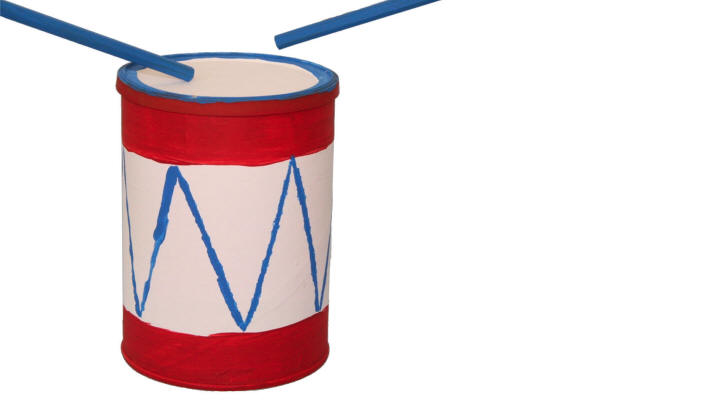Post written by Alex Ballou, Marketing Assistant.
At Home Music Resources
Here at FCMoD, we believe in the importance of music. And during times like this, we want to provide resources to continue discovery.
In this blog post, we’ve compiled a list of our recommended education resources during this time. Learn more below!
- A list of live virtual concerts to watch during the shutdown!
- Follow the NOCO Live from Home Show to support local Northern Colorado artists.
- Create your own instruments at home through our #dailydiscovery blog series!
- Here are some tips for gigging musicians!
- Moog and Korg make synth apps free to help musicians stuck at home.
- Smart Music is offering free virtual tutorials and online subscription access until June 30, 2020.
Even though the museum is closed, we want to continue to inspire creativity and encourage hands-on learning for all!
Continue Reading






